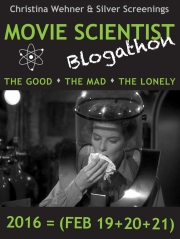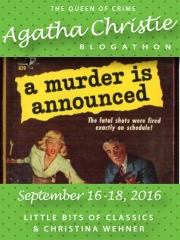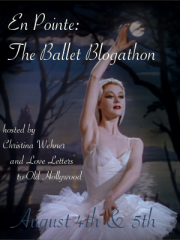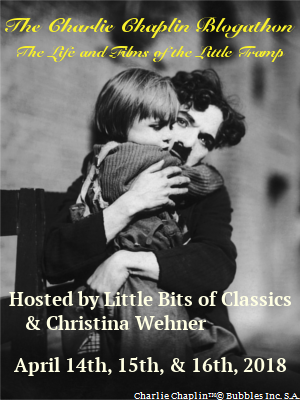
King Kong (1933) – One of the first films to utilize sound effects to create a fantasy world, as well as the movie soundtrack as we know it today
Have you ever seen that movie where the musical score seems to be carrying the entire emotional burden of the film? That scene where a character is starring off into the distance while the music does the actual emoting? Or even that scene where the music feels superfluous?
I used to consider music an integral part of the emotional make-up of a film, but I’ve begun to realize that cinema offers many options when it comes to creating an emotional, aural, and visual landscape.
Yasujiro Ozu is acknowledged as one of the greatest directors of cinema, but he has a very unique approach to the use of music. The music in his films often does not provide any obvious emotional cues for the audience. There is a steadiness, sometimes even a cheerfulness, a serenity to the music he employs, even during dramatic situations. It contributes to the sense overall in his films that life goes on and that we must all move on, no matter what happens, but it also leaves the emotional cues to come from the actors, the story itself, and the framing.
Even when Ozu made silent films, he said that he preferred that the music have no connection with the plot itself. No use of music to highlight a tense moment, a romantic moment, to cue the audience on how they should feel. It all must come from within the screen itself.
Alfred Hitchcock, on the other hand, seems to have been quite comfortable with fairly dramatic, romantic, and tense music and Hitchcock films have produced some of the most memorable movie soundtracks we have today: Psycho, Marnie, North By Northwest, Vertigo. But he also experimented with an electronic score in The Birds, which employed simulated sound effects, such as the shrieks of birds. I recently watched Rear WIndow and realized that the film almost exclusively employs diegetic music, music and sound coming from the apartment building complex’s different rooms. There is a scene in the 1956 The Man who Knew Too Much, where Jimmy Stewart believes himself to be followed and hears footsteps behind him. It is the footsteps, not music, that creates the tension.
I think the point is that Hitchcock used music to complement his films, never to overshadow. The emotion is already inherent in his films, augmented with sound, even without the musical scores, but the music makes those images all that more potent and memorable.
In 2018, I discovered two French directors and comedians, Pierre Etaix and Jacques Tati. They made their films in the 1950s, ’60s, and ’70s. Tati began in mime, Etaix worked with Tati, before going out on his own. They are very different comedians, but their films are rooted in the visual comedy of the silent era and they also make superb use of sound effects.
Beginning at around 3:05 into the video, there is a discussion of Tati’s use of sound to build a gag. But Pierre Etaix also uses exaggerated sound effects of common objects around him to hilarious effect. It creates an internal rhythm to the comedy, rhythm apart from music, that makes one aware of the rhythm of sounds all around us. For me, in my life, it might be the rhythm of keys on a keyboard, footsteps, a clock, the whistling of a water pot, the cycles of a washer machine, rustlings created when one moves in a chair, running water, birds singing, rain falling, wind blowing, cars driving by, even the sound of my cat stretching or of her little paw pads sinking into the carpet as she walks.
Another director who makes notable use of sound is Andrei Tarkovsky. He singles out certain sounds and heightens them to create emotion (a discussion begins at 4:40 into the video below).
Interestingly, pre-code cinema (cinema made between 1929-1933) almost never employs a musical score. It was thought, when sound films were first made, that audiences would not be able to accept the sudden intrusion of music with no discernible source. The result is that nearly the only music one hears in a pre-code film is diegetic music, music from a visible source within the screen, like a radio, record player, singer, or band. Early sound films are not noted for their music, then, but their talking and the sound effects.
I actually think this contributes to a pre-code film’s energy and vitality. Think of the scene where James Cagney stands in the rain before going into a building to shoot up some gangsters in The Public Enemy. We hear the sound of the rain, of the car breaking to a stop, the sound of voices (and actors like Cagney or William Powell often speak in a rabid patter during these early years that has a rhythm and tone all its own). One almost has the feeling one could stick one’s hand into the frame and it would come out wet.
For me, the absence of music and the judicious use of sound effects gives a film a more tactile sense. Music, I think, can flatten the world, create a kind of distance between the audience and the image that is seen, because of the very unreality of non-diegetic music. This is why I think musical scores work so well for fantasy. Think of Lord of the Ring or Star Wars (a space opera, though I always appreciate the aural world created in those films: lightsabers, TIE fighters, blasters, Darth Vader’s breathing).
It does not seem like an accident that the first movie to make use of a musical score in much the same way movies do today should be the 1933 King Kong, a fantasy/adventure/romance (he film was also notable for its use of sound effects to create the unique roar of Kong or the other dinosaurs). Or think of Gone With the Wind, a lush romance that bears little resemblance to reality.
Or think of Vertigo or The Ghost and Mrs. Muir, with scores by Bernard Herrmann, which create a dreamlike, visual tone-poem feeling for the audience.
What ultimately prompted these thoughts was watching Dunkirk, which had a score so overwhelming that it irritated me and seemed to put the audience at a remove from the battle taking place before us. It submerged all the sounds of the engines of planes, gunfire, shouts of men, the water and waves and caused a certain muddiness and overwhelming of the senses.
Though music can also be used to turn carnage into elegy, as Mel Gibson did in the film Hacksaw Ridge. It was a movie that I quickly realized I should not eat while watching, but I was also astonished at how Gibson could portray scenes of such wretched human suffering and overlay it with music, so that the scene then became an elegy to the suffering of the men. But it was achieved by using music to put a slight distance between the audience and the suffering of the men so that the audience could step out of their initial gut horror and think about the nature of their suffering. It was a very curious affect.
I have been extremely curious to know what other people think on this topic? Are there scores your love, scores that drive you up the wall, favorite sound effects from movies?





















